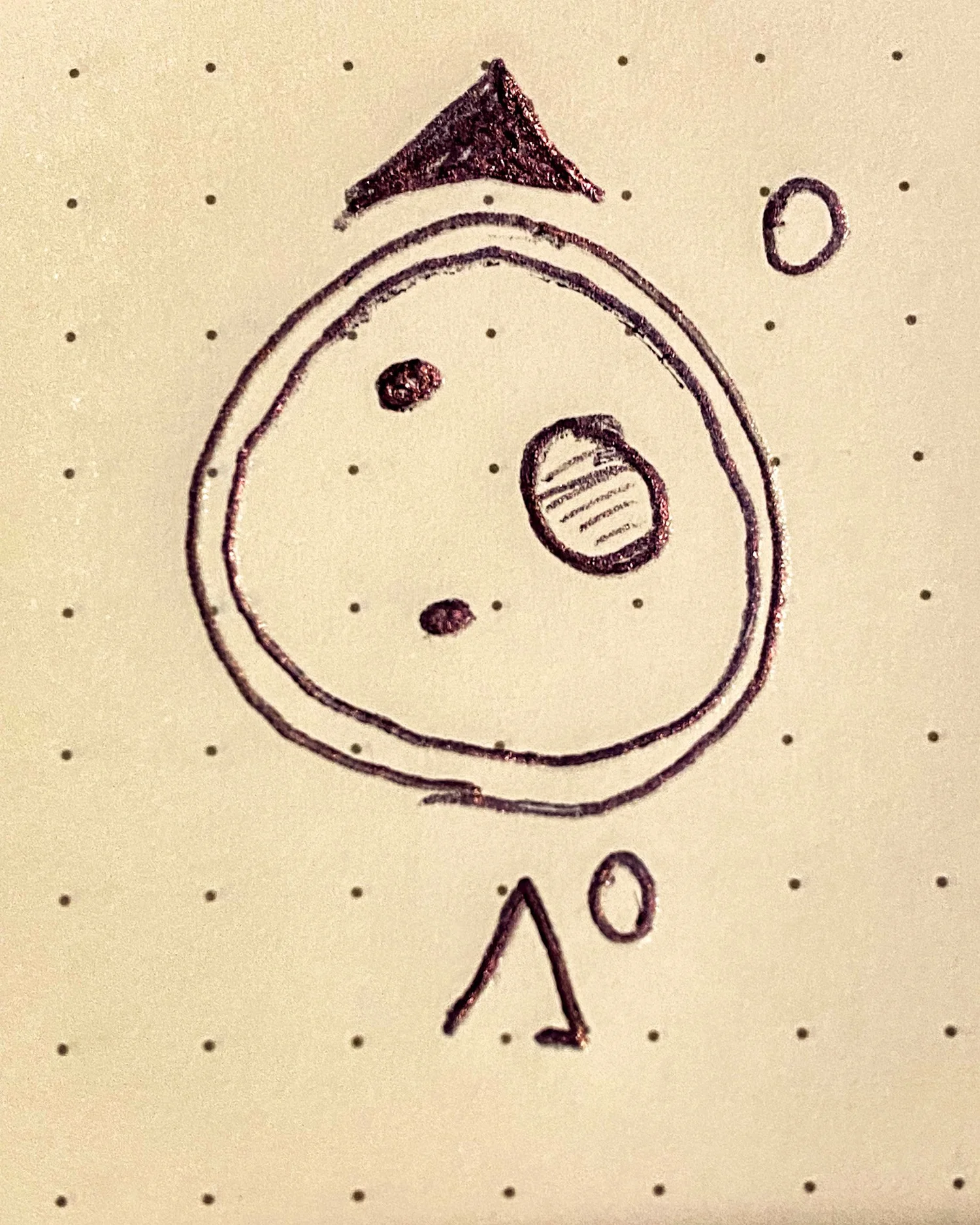
The Lambda Zero Baryon
With a mass of well over 1115 mega electron volts, about 20 percent more than the proton, the Λ0 is a rare, but historic particle to find.Inside the Λ Baryons you’ll find an up quark, a down quark and… something else.
The first Λ Baryon was first observed in 1950. In what amounts to a weather ballon. Way up high in the atmosphere. On a photographic emulsion plate. Particle physics was a different game back then!
Physicists knew it was a baryon because it decayed into a proton. And it was heavy.
Heavy particles decay quickly, and the Λ0 was heavy. But it did not decay quickly enough. It stayed around for quite a while, a bit less than a nanosecond, which is rather long by particle physics standards. Especially for a baryon.
Very strange.
The long lifetime of the Λ0 was so strange that physicists knew there was something special about that particle. It had a special property. And in the 50’s this new property of particles was showing up in more and more experiments. Because they had no idea what it could be, that called this property strangeness. For better or for worse, that technical name stuck.
The new particle that makes up the Lambda 0 baryon is called a strange quark, and we’ll visit them soon enough. Suffice it to say, a Λ0 baryon is composed of an up quark and a down quark and a strange quark.
The Λ0 has no electric charge. It typically decays to either a proton or a neutron. If it’s a proton - which happens about 63 percent of the time, it spits out a negative pion in the process. If it’s a neutron - which accounts for most of the rest of the decays - it spits out a neutral pion instead.
Using this quark model, we can explore the decay of the Λ0 in sharper detail.
Inside the Λ0, the strange quark decays into an up quark, which converts that big bag of nuclear go into that proton or neutron. To do that, it must emit a W boson. Those familiar force carriers then decay into to a pion. As per usual.
The Λ0 was just the first of the strange family of particles to be discovered. This entire season will be devoted to these strange particles.
For more, technical details on Λ0 - including why it decays only to an up quark and not a down - check out this short, informal video.